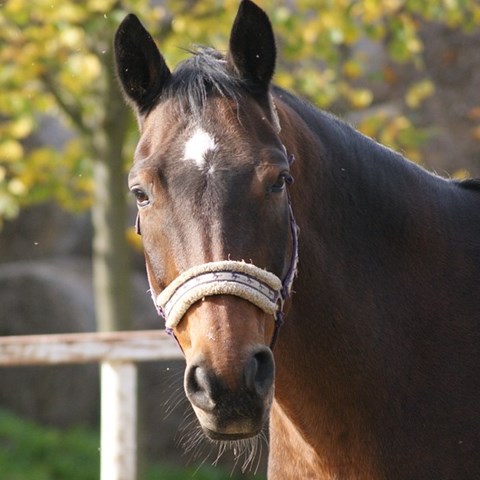Contact
Contact information:
Åsa Gelinder Viklund
Department of Animal Biosciences (HBIO),
Applied genetics
asa.gelinder.viklund@slu.se, +4618671967

A linear profiling protocol was introduced in 2013 at tests for 3‐year‐old Swedish Warmblood horses. In this protocol, traits are subjectively described on a nine‐point linear scale from one biological extreme to the other. This complements the traditional scoring where horses are evaluated in relation to the breeding objective.
This study aimed to investigate the suitability of the linear information for genetic evaluation. Data on 22 conformation traits, 17 movement traits, 14 jumping traits and one temperament trait from 3,410 horses tested between 2013 and 2016 were analysed using an animal model.
For conformation traits, the heritabilities ranged from 0.10 for description of hock joint from behind to 0.52 for shape of the neck. For movement traits, the highest heritability (0.54) was estimated for elasticity in trot and the lowest (0.08) for energy in walk. The heritabilities for jumping traits ranged from 0.05 for the ability to focus on the assignment to 0.57 for scope. Genetic correlations between linear traits and corresponding traditionally scored traits were strong (−0.37 to in many cases <−0.9).
The results show that the linear information is suitable for genetic evaluation and can be a useful tool for breeders.
https://doi.org/10.1111/jbg.12311
Viklund Å, Eriksson S. Genetic analyses of linear profiling data on 3‐year‐old Swedish Warmblood horses. J Anim Breed Genet. 2018;135:62–72. https://doi.org/10.1111/jbg.12311
Contact information:
Åsa Gelinder Viklund
Department of Animal Biosciences (HBIO),
Applied genetics
asa.gelinder.viklund@slu.se, +4618671967